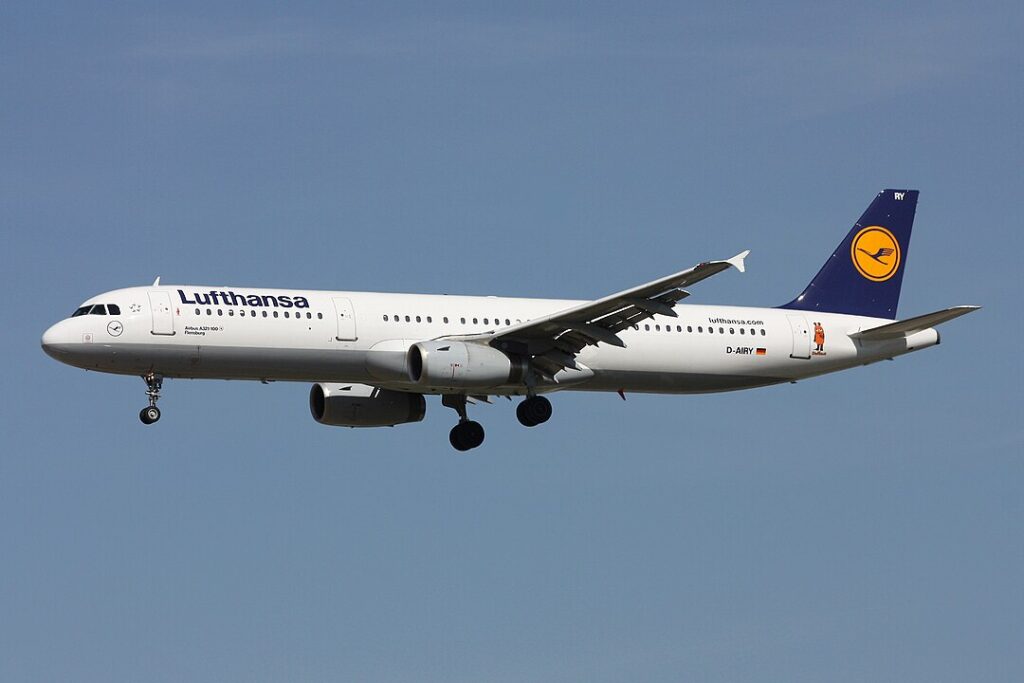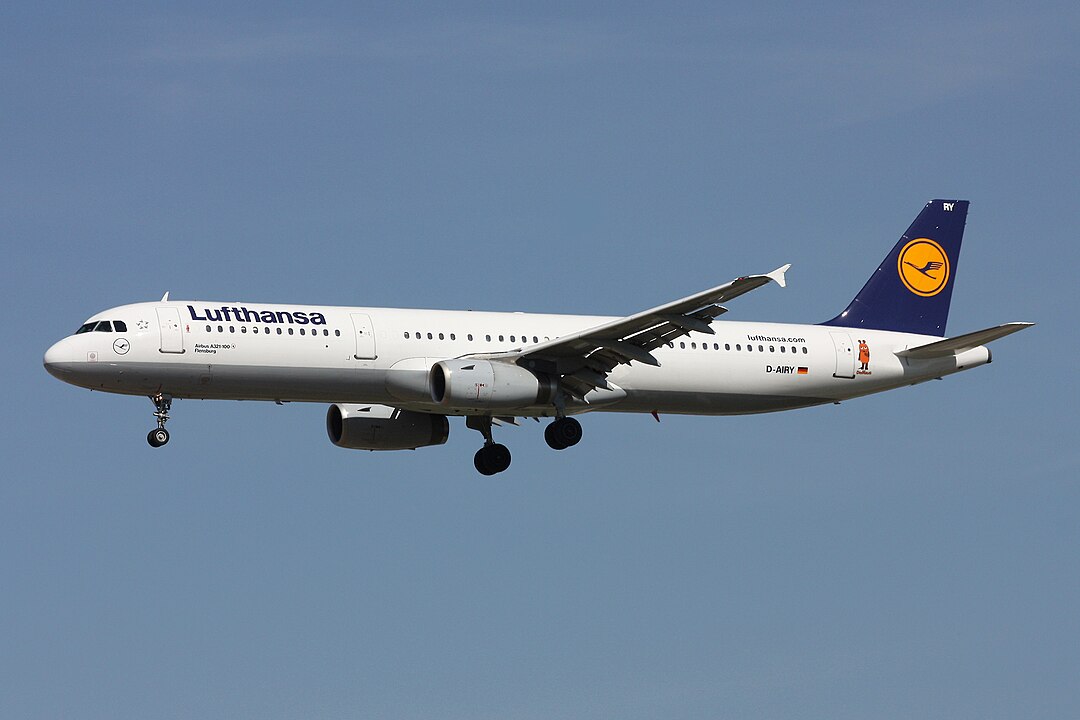On February 17, 2024, Lufthansa Flight LH1140, an Airbus A321 en route from Frankfurt to Seville, experienced a critical incident when the co-pilot lost consciousness while alone in the cockpit. The captain had temporarily left the cockpit, and upon returning, found himself locked out as the co-pilot was unresponsive. For approximately 10 minutes, the aircraft flew without active pilot control, relying solely on its autopilot system.

Incident Details
The flight was carrying 199 passengers and six crew members. While cruising at 35,000 feet, the captain exited the cockpit to use the restroom. During his absence, the 38-year-old co-pilot suffered a seizure, rendering him unconscious. The captain’s attempts to re-enter the cockpit using standard and emergency codes were initially unsuccessful. Fortunately, the co-pilot regained partial consciousness and managed to open the cockpit door, allowing the captain to resume control.
The captain then diverted the flight to Madrid, where it landed safely. The co-pilot received immediate medical attention and was later diagnosed with a neurological condition that had previously gone undetected.
Aviation Safety Implications
This incident has raised significant concerns regarding cockpit safety protocols. Following the Germanwings Flight 9525 tragedy in 2015, European airlines were urged to implement a rule requiring two crew members in the cockpit at all times. Lufthansa had adopted this rule but later relaxed it. In light of the recent event, aviation authorities are re-evaluating the necessity of such protocols to ensure passenger safety.
Expert Opinions
Aviation experts emphasize the importance of continuous health monitoring for pilots and strict adherence to cockpit protocols. The incident demonstrates the critical role of the autopilot system in maintaining flight stability during unforeseen emergencies but also highlights that technology cannot replace the need for human oversight in the cockpit.
Conclusion
The February 2024 incident aboard Lufthansa Flight LH1140 serves as a stark reminder of the unpredictability of in-flight medical emergencies and the paramount importance of stringent safety protocols. As investigations continue, it is imperative for airlines and aviation authorities to reassess and reinforce measures that ensure the safety and well-being of both passengers and crew.
Authoritative Sources: The Times of India, The Economic times

